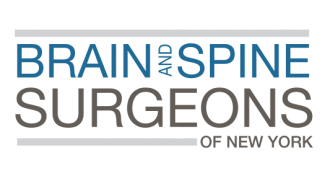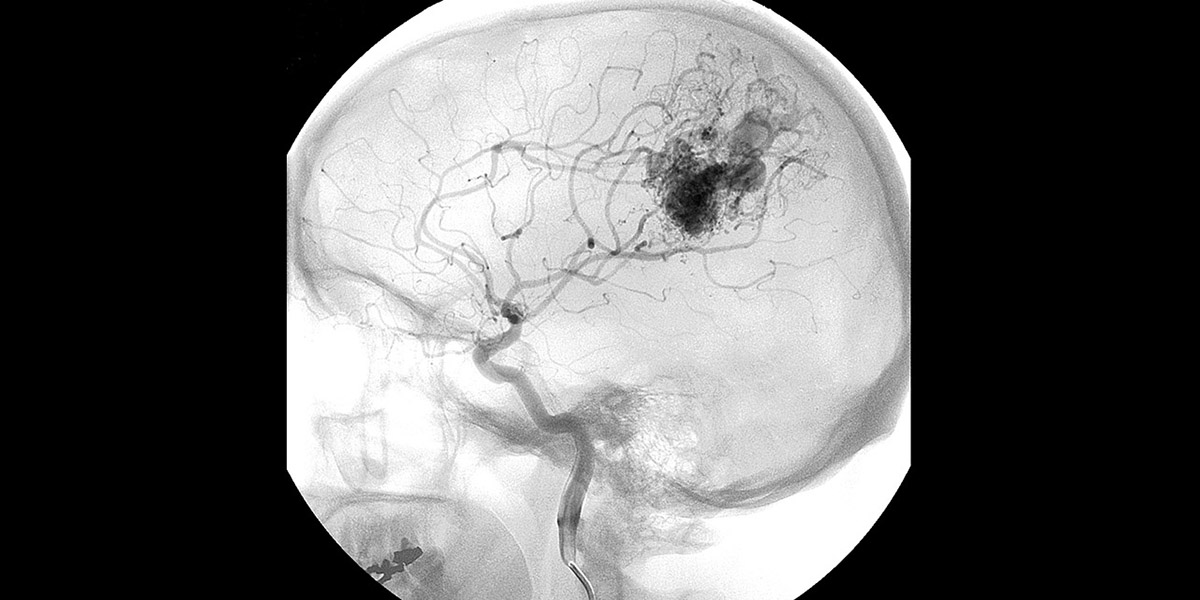
Arteriovenous Malformation
An arteriovenous malformation is a rare defect of the circulatory system that develops prior to birth or soon thereafter. Blood flows from an artery directly into a vein through a passage known as a fistula, depriving the surrounding tissue of oxygen.
Although an arteriovenous malformation can occur anywhere in the body, it can have serious consequences when it occurs in the brain or spinal cord, where besides reducing the amount of oxygen delivered to the brain, it may press on nerves or cause hemorrhaging.
For more information, visit www.ninds.nih.gov and www.neurosurgerytoday.org
Symptoms
The most common symptom of an AVM is headaches. Other symptoms include hemorrhaging (bleeding), seizures and other neurological problems such as paralysis, muscle weakness, and loss of speech, vision, coordination or memory. Only about 12 percent of people with AVMs have symptoms. Symptoms are most often noticed in a person’s twenties, thirties or forties.
Treatment
Not all arteriovenous malformations need treatment or can be treated. Neurosurgeons may use conventional surgery to remove the fistula. If possible, a less invasive approach using endovascular embolism will be used to plug the fistula using fast-drying biologically inert glues, fibered titanium coils, and tiny balloons. Lastly, radiosurgery will direct a high dose of radiation to damage the blood vessels in the fistula, which will degenerate and close off the lesion.










